Model Context Protocol (MCP) finally gives AI models a way to access the business data needed to make them really useful at work. CData MCP Servers have the depth and performance to make sure AI has access to all of the answers.
Try them now for free →Create MongoDB-Connected Dashboards in Grafana
Connect to MongoDB Data via CData Connect Cloud in Grafana and create custom business dashboards with real-time access to MongoDB data.
Grafana is an open-source platform that allows users to analyze, monitor, and visualize telemetry from various data sources. When combined with CData Connect Cloud, you gain immediate access to MongoDB data for business dashboards. This article outlines the process of connecting to MongoDB using Connect Cloud and creating a basic dashboard from MongoDB data within Grafana.
CData Connect Cloud offers a pure SQL Server, cloud-to-cloud interface for MongoDB, enabling the creation of dashboards directly from live MongoDB data within Grafana, all without the need for data replication to a native database. As you build visualizations, Grafana generates SQL queries to gather data. With its inherent optimized data processing capabilities, CData Connect Cloud efficiently channels all supported SQL operations, including filters and JOINs, directly to MongoDB. This leverages server-side processing to swiftly deliver the requested MongoDB data.
About MongoDB Data Integration
Accessing and integrating live data from MongoDB has never been easier with CData. Customers rely on CData connectivity to:
- Access data from MongoDB 2.6 and above, ensuring broad usability across various MongoDB versions.
- Easily manage unstructured data thanks to flexible NoSQL (learn more here: Leading-Edge Drivers for NoSQL Integration).
- Leverage feature advantages over other NoSQL drivers and realize functional benefits when working with MongoDB data (learn more here: A Feature Comparison of Drivers for NoSQL).
MongoDB's flexibility means that it can be used as a transactional, operational, or analytical database. That means CData customers use our solutions to integrate their business data with MongoDB or integrate their MongoDB data with their data warehouse (or both). Customers also leverage our live connectivity options to analyze and report on MongoDB directly from their preferred tools, like Power BI and Tableau.
For more details on MongoDB use case and how CData enhances your MongoDB experience, check out our blog post: The Top 10 Real-World MongoDB Use Cases You Should Know in 2024.
Getting Started
Configure MongoDB Connectivity for Grafana
Connectivity to MongoDB from Grafana is made possible through CData Connect Cloud. To work with MongoDB data from Grafana, we start by creating and configuring a MongoDB connection.
- Log into Connect Cloud, click Connections and click Add Connection
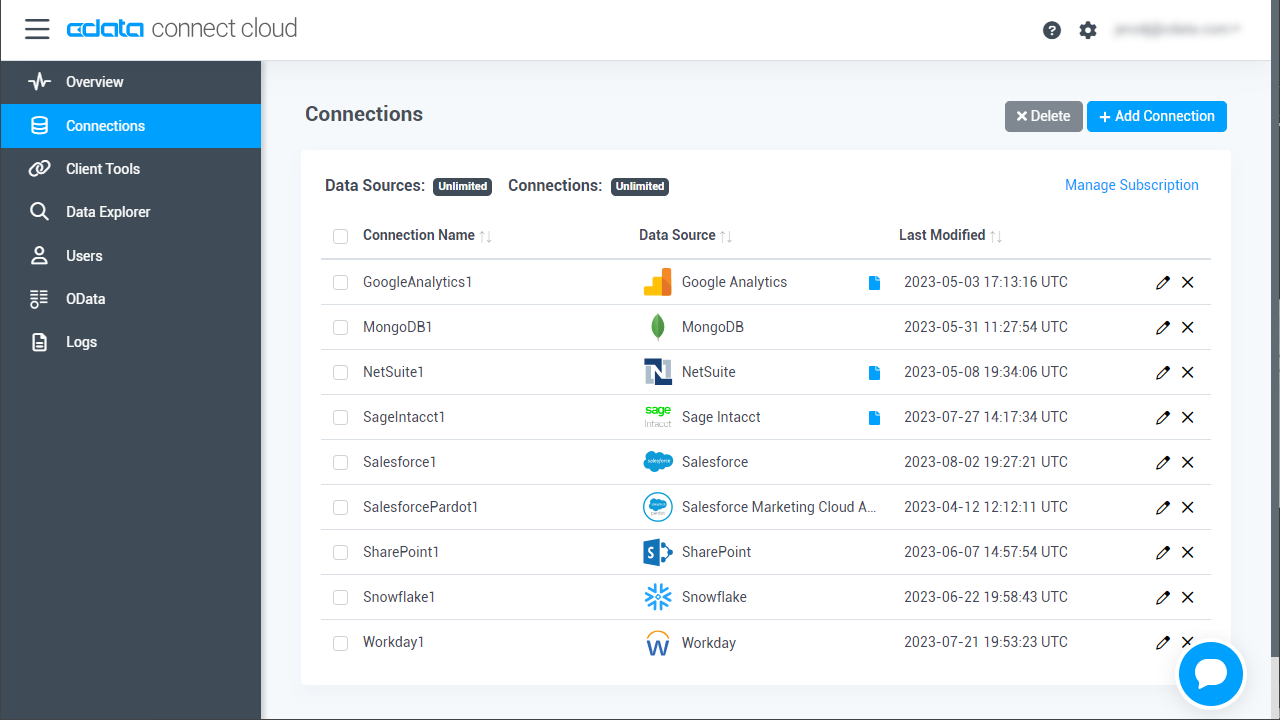
- Select "MongoDB" from the Add Connection panel
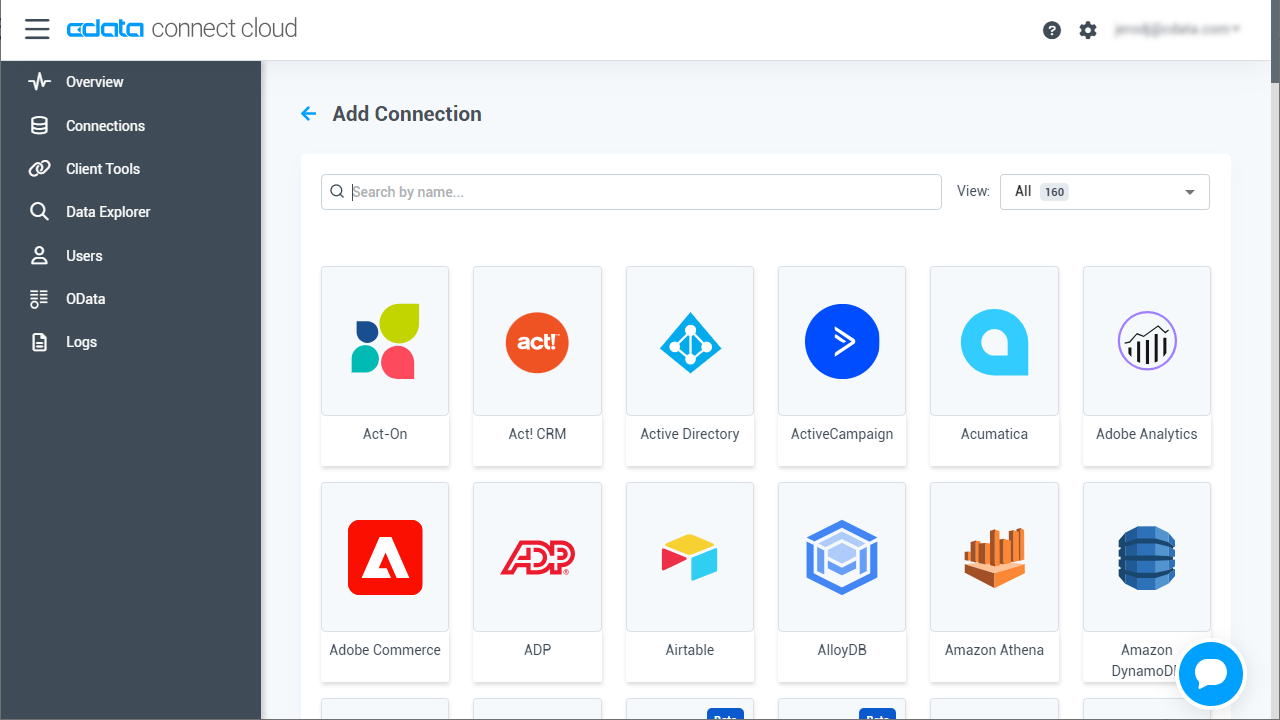
-
Enter the necessary authentication properties to connect to MongoDB.
Set the Server, Database, User, and Password connection properties to connect to MongoDB. To access MongoDB collections as tables you can use automatic schema discovery or write your own schema definitions. Schemas are defined in .rsd files, which have a simple format. You can also execute free-form queries that are not tied to the schema.
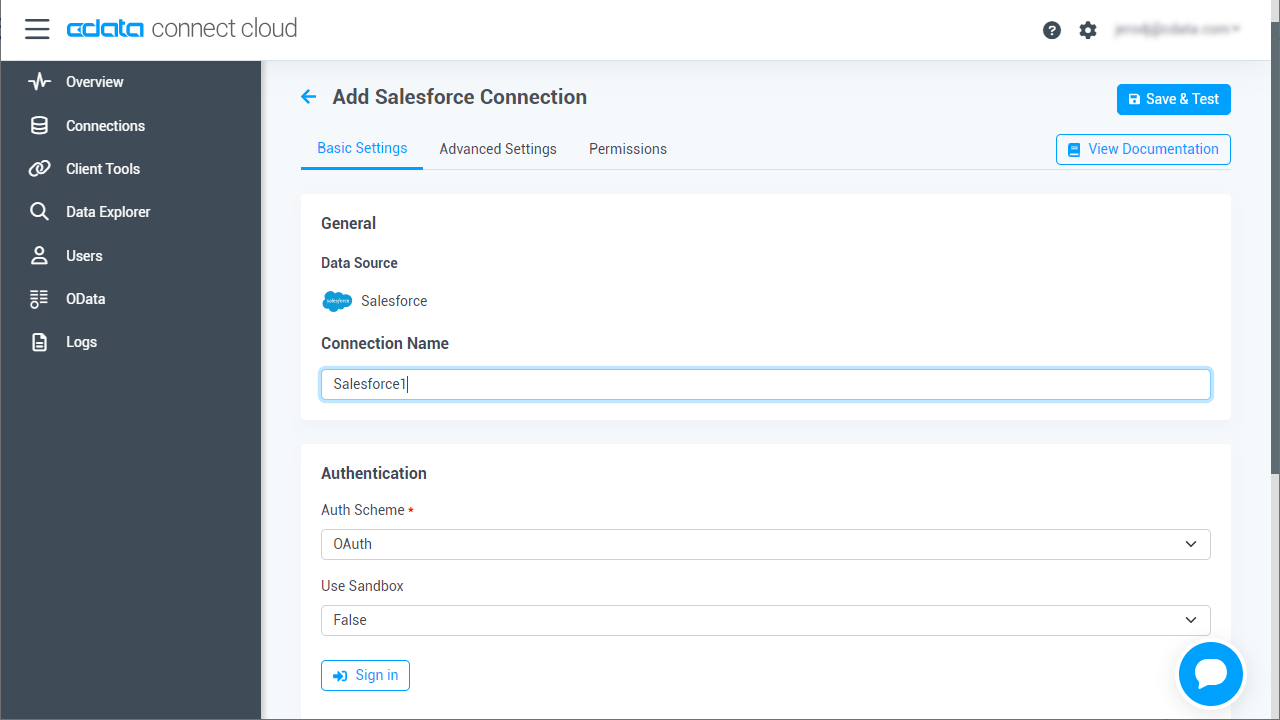
- Click Create & Test
- Navigate to the Permissions tab in the Add MongoDB Connection page and update the User-based permissions.
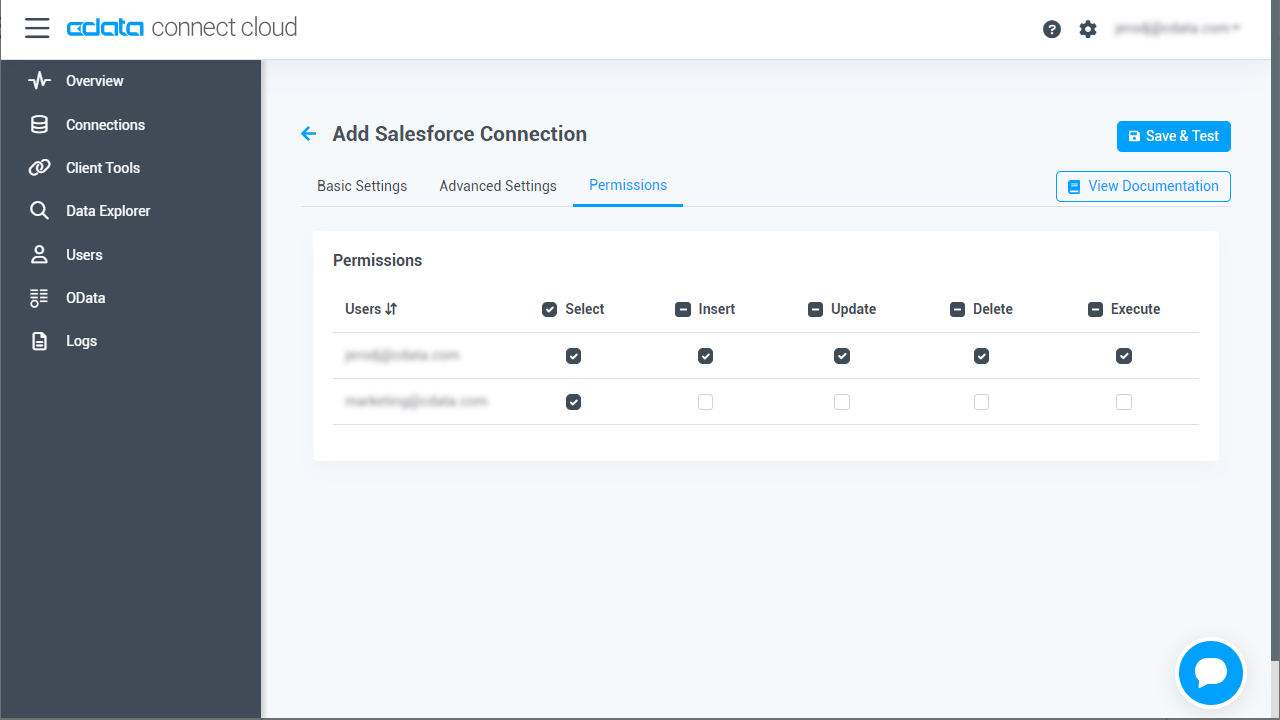
Add a Personal Access Token
If you are connecting from a service, application, platform, or framework that does not support OAuth authentication, you can create a Personal Access Token (PAT) to use for authentication. Best practices would dictate that you create a separate PAT for each service, to maintain granularity of access.
- Click on your username at the top right of the Connect Cloud app and click User Profile.
- On the User Profile page, scroll down to the Personal Access Tokens section and click Create PAT.
- Give your PAT a name and click Create.
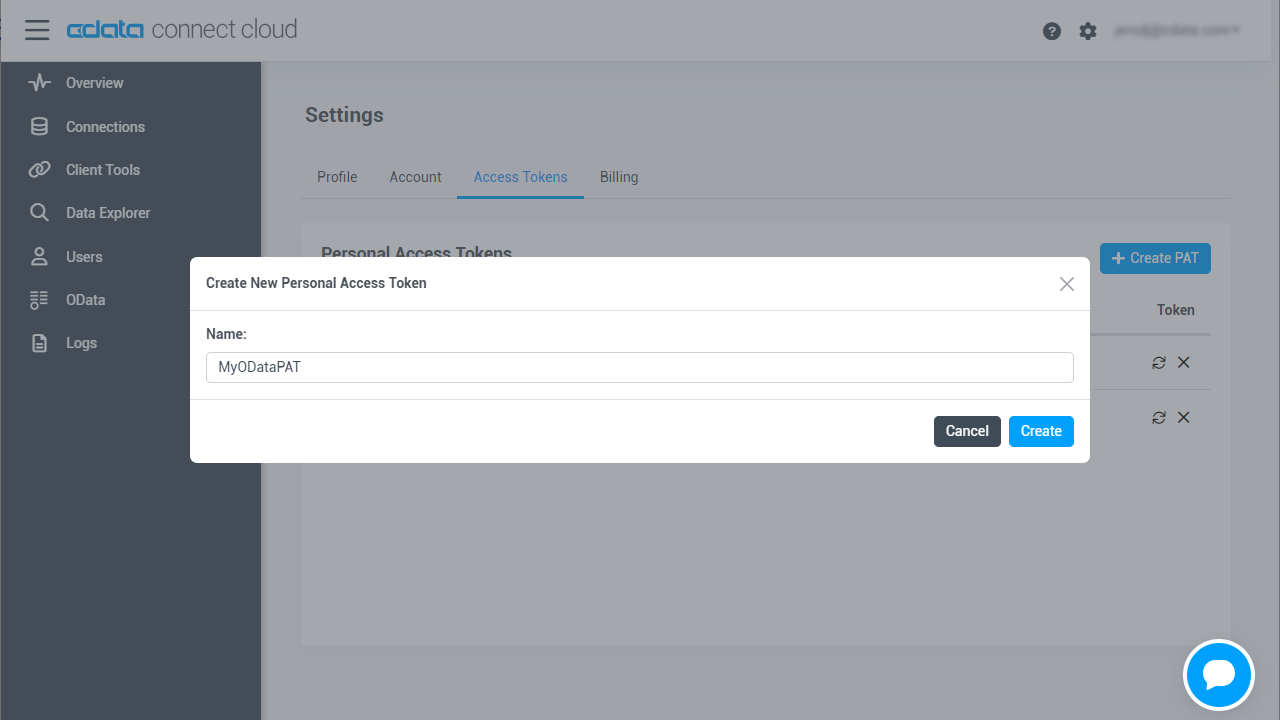
- The personal access token is only visible at creation, so be sure to copy it and store it securely for future use.
With the connection configured, you are ready to connect to MongoDB data from Grafana.
Visualize Live MongoDB Data in Grafana
To establish a connection from Grafana to the CData Connect Cloud Virtual SQL Server API, follow these steps.
- If you have not already done so, download and install Grafana for your operating system from the Grafana Website. Once installed, access Grafana at http://localhost:3000/.
- Log in to Grafana with your username and password for Grafana. If this is your first time logging in, the username is admin and the password is admin.
-
On the navigation menu, click Connections > Add new connection. On this page, you can search for Microsoft SQL Server and select it as your data source.
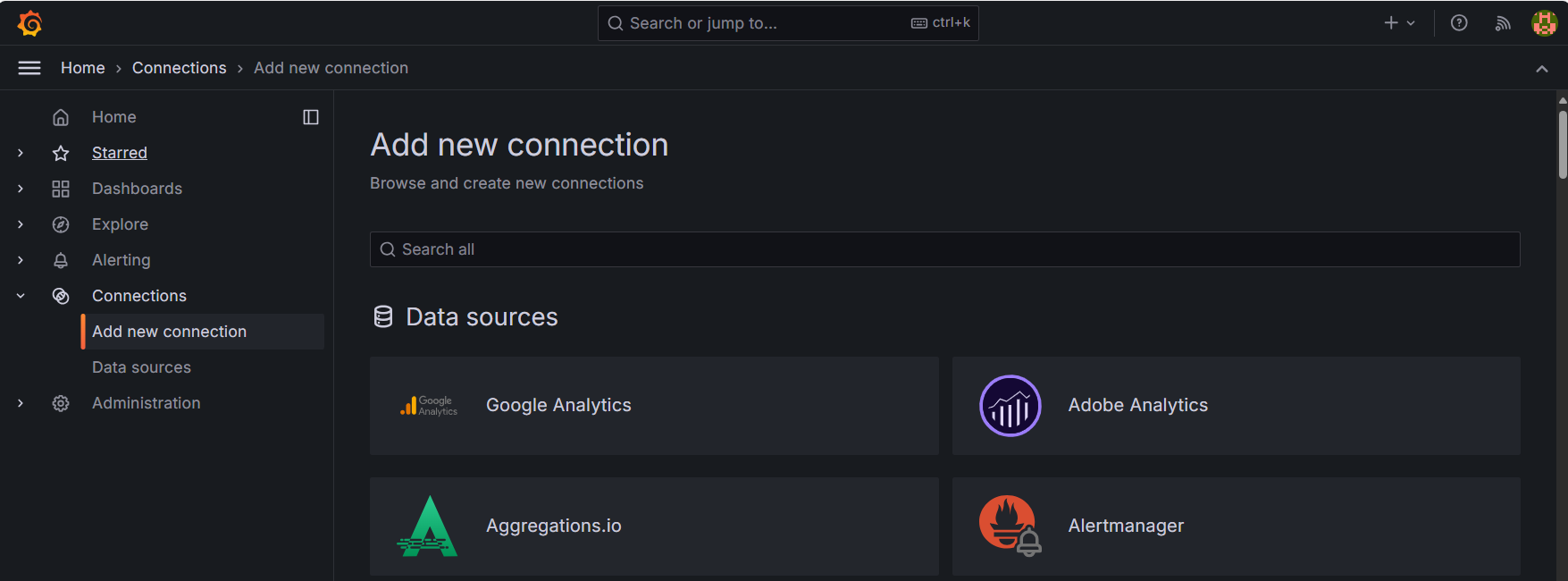
-
Select Microsoft SQL Server and click Add new data source.

-
Enter a name for the new data source and then enter the following connection settings:
- Host: tds.cdata.com:14333
- Database: enter the Connection Name of the CData Connect Cloud data source you want to connect to (for example, MongoDB1).
- Username: enter your CData Connect Cloud username. This is displayed in the top-right corner of the CData Connect Cloud interface. For example, test@cdata.com.
- Password: enter the PAT you previously generated.
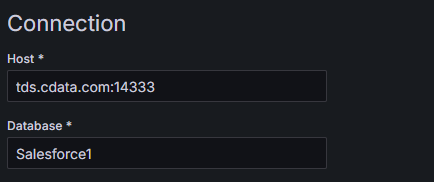
- Click Save & Test. A Database Connect OK message appears when you have a successful connection established.
Create a Dashboard
Once you create the data source for MongoDB, you can start building dashboards on MongoDB data. Start in the navigation menu and click Dashboards
- On the Dashboards page, click + Create dashboard, then click + Add visualization.
-
This opens the Select data source window where you can select your created connection.

-
After selecting your connection, you can choose the tables and columns that you want to query for your visualization. Then press Run Query to run the generated query.
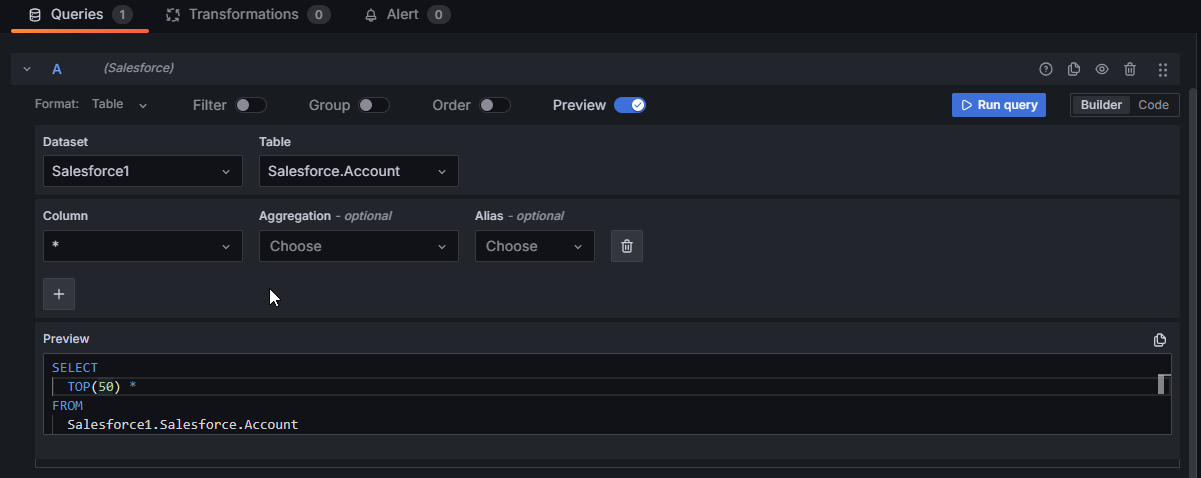
-
After running your query, the resulting data is populated above the query editor. Here you can select the visualization that you want to use to present your data on the dashboard panel.
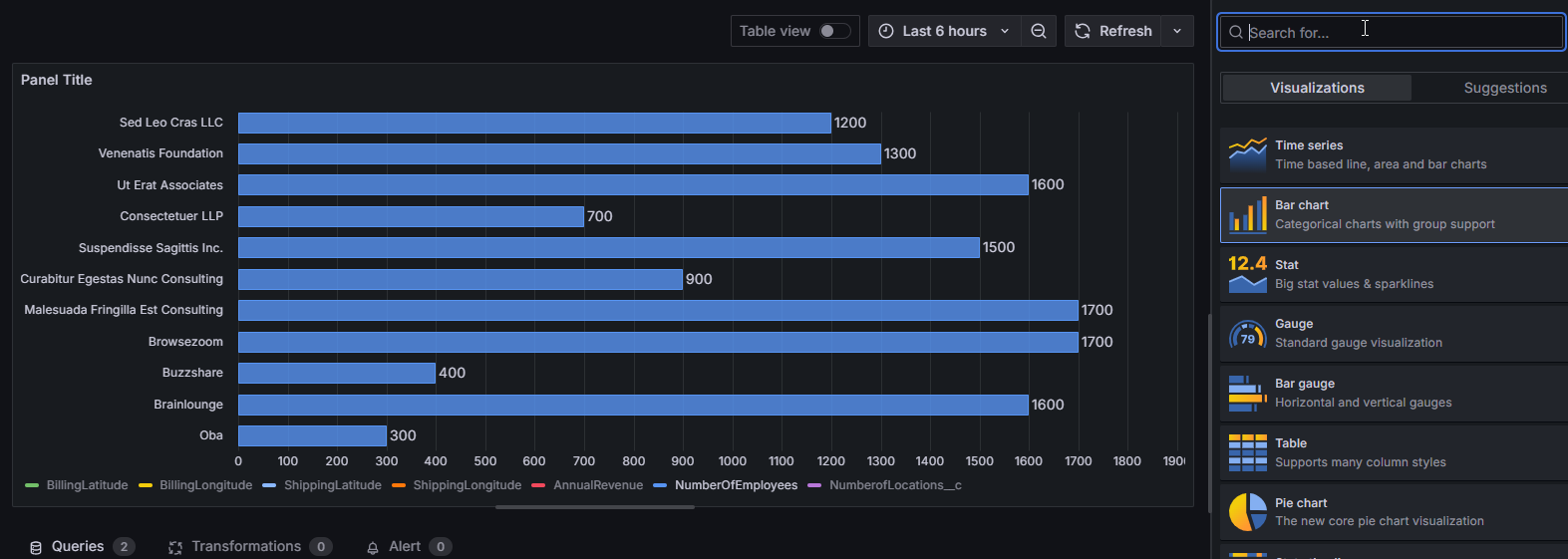
- When you have finished editing your panel, you can click Save dashboard to save the changes made to your Dashboard.
To get live data access to 100+ SaaS, Big Data, and NoSQL sources directly from your cloud applications, try CData Connect Cloud today!

